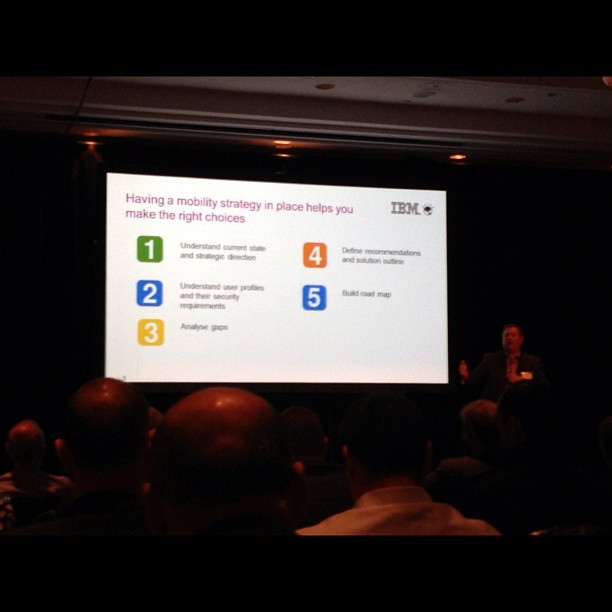3 Key Considerations In Developing An Enterprise Mobility Strategy



When there is a major change in technology, businesses need to determine how and when they will adapt that technology to their enterprise. Enterprise mobilization is an important strategy to consider in this 24/7 global marketplace as it provides the ability to communicate with employees, vendors and customers who may be scattered around the world. There are three key considerations to review when developing an enterprise mobility strategy to ensure a smooth transition while continuing to meet organizational goals.
One key consideration companies must review when developing an enterprise mobility strategy is who should pay for the devices and the subscription for mobile service. Should companies pay for 100% of both and restrict the types of devices purchased as well as how they are used? Or, should the organization offer employees the option to purchase their own devices while on the company plan? Should the company require employees to foot the entire bill so that they can find the device and plan they prefer?
One critical aspect to consider when deciding who should pay for devices and services is control. If the company pays for the device and the plan, it is easier to enforce policies regarding their use. As with computers, smartphones are vulnerable to hacking and if an employee is surfing questionable sites they may end up with a virus on their device. In addition, you don’t want employees wasting time and money using their business mobile device for personal use. BYOD enterprises have a harder time monitoring how employees use their devices and reprimanding them for personal use while on the job.
Bring your own device (BYOD) is one way many businesses have answered the question regarding how to adapt mobile technology for enterprise use. This places the cost and consideration in the hands of the employees while allowing the company to remain in constant contact with stakeholders. While this may seem to be the best solution at first glance, there are important considerations a company needs to review before implementing this strategy.
If a company adopts a BYOD strategy, then management can’t control the types of devices employees purchase or the plans they select. The types of devices purchased can impact how employees communicate with customers and stakeholders. Not all smartphones are alike, and some may place technological limits on how employees use them. They may not be able to view, edit or upload documents while on the road, or they may not be able to collaborate on a project due to feature limits on their phones.
In addition to technological limits, many mobile plans have limits on the amount of data a customer can use per month, the number of calls they can place and receive and the number of texts one can receive or send. If an employee has a limited plan, they may run out of text or calls they can make before the end of the month. This can be a serious problem if they still need to connect with the office, vendors, or customers while on the road.
Another consideration when creating an enterprise mobility strategy is whether to use a cloud service. This type of service allows subscribers to upload and store data for access at a later date. The data can be images, text or video and often can be accessed by multiple subscribers using different types of devices.
The benefit of a cloud service is that an employee can upload data of a partial contract from their mobile device while on the road for the sales office to download, complete, and return to the client at the home office. Or it can allow customers to access data from their smart phones after it has been uploaded by a company’s employees.
The downside of using a cloud service is that there is no guarantee of security. While there are several companies that offer cloud service have developed a reputation for operating a secure site, there are no guarantees of security. Any website can be hacked if the operative is determined, and this can mean that sensitive company data may be at risk.
An enterprise mobility strategy will help a company become efficient and flexible. It will be able to communicate with employees when they are traveling, and it will help customers communicate with the company when they are looking for assistance. Determining who should purchase the devices and plans, whether to use a cloud service and whether employees should be allowed to bring their own devices are important aspects to consider when crafting this strategy.
Robert Stanley is a content producer for ClickSoftware mobile enterprise strategies, a company which also offers a variety of resources on capacity planning and mobile business apps.
Image License: Creative Commons by servantofchaos
